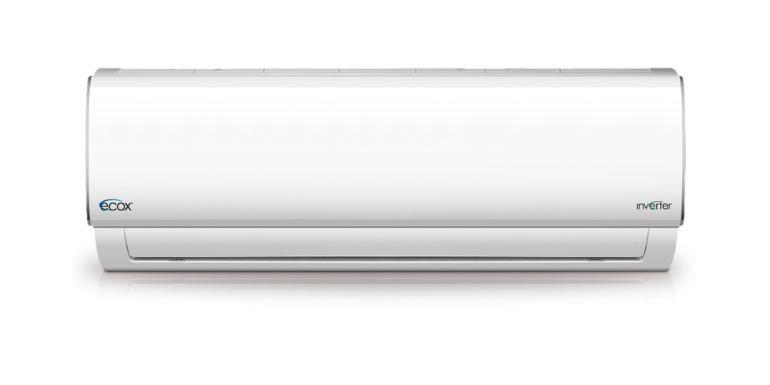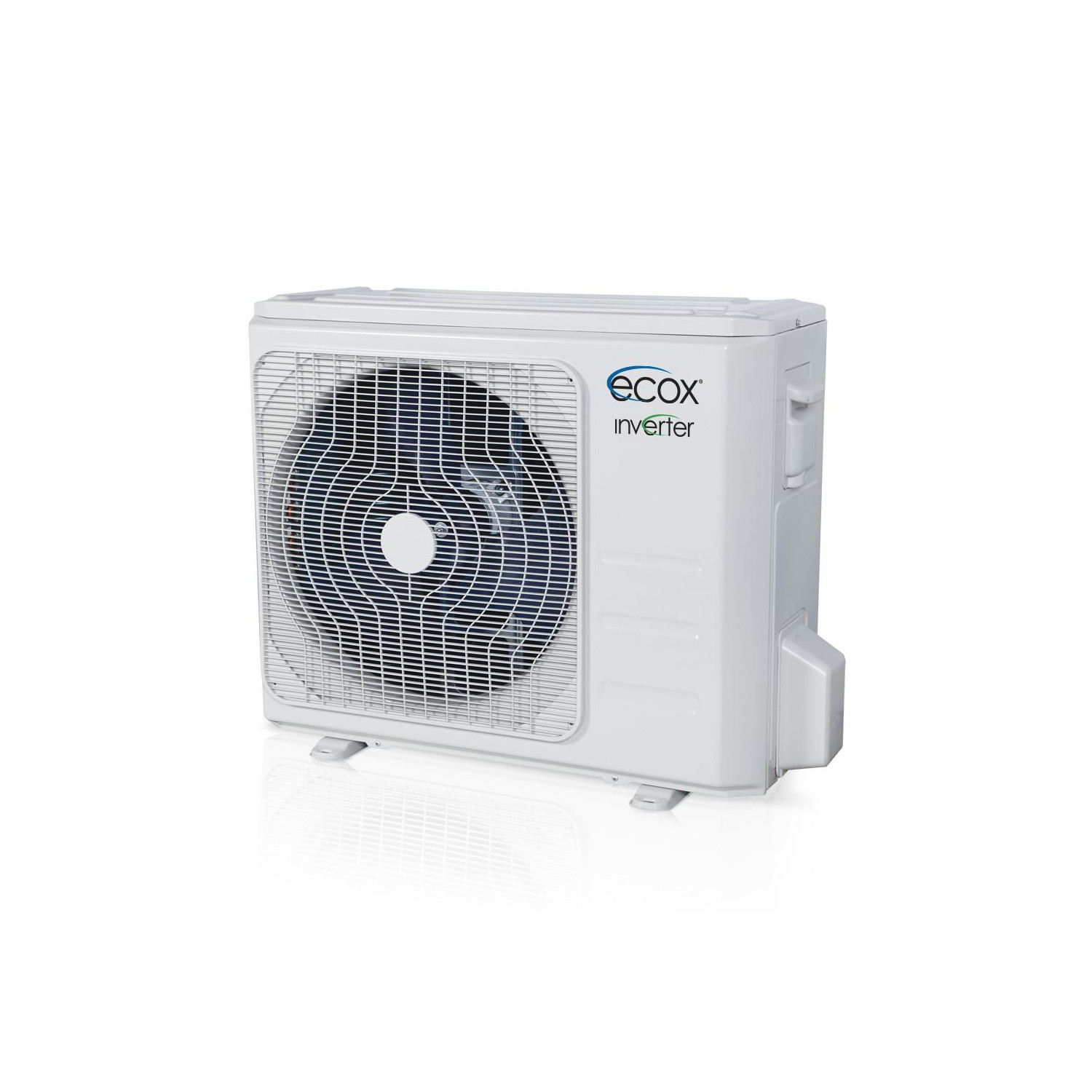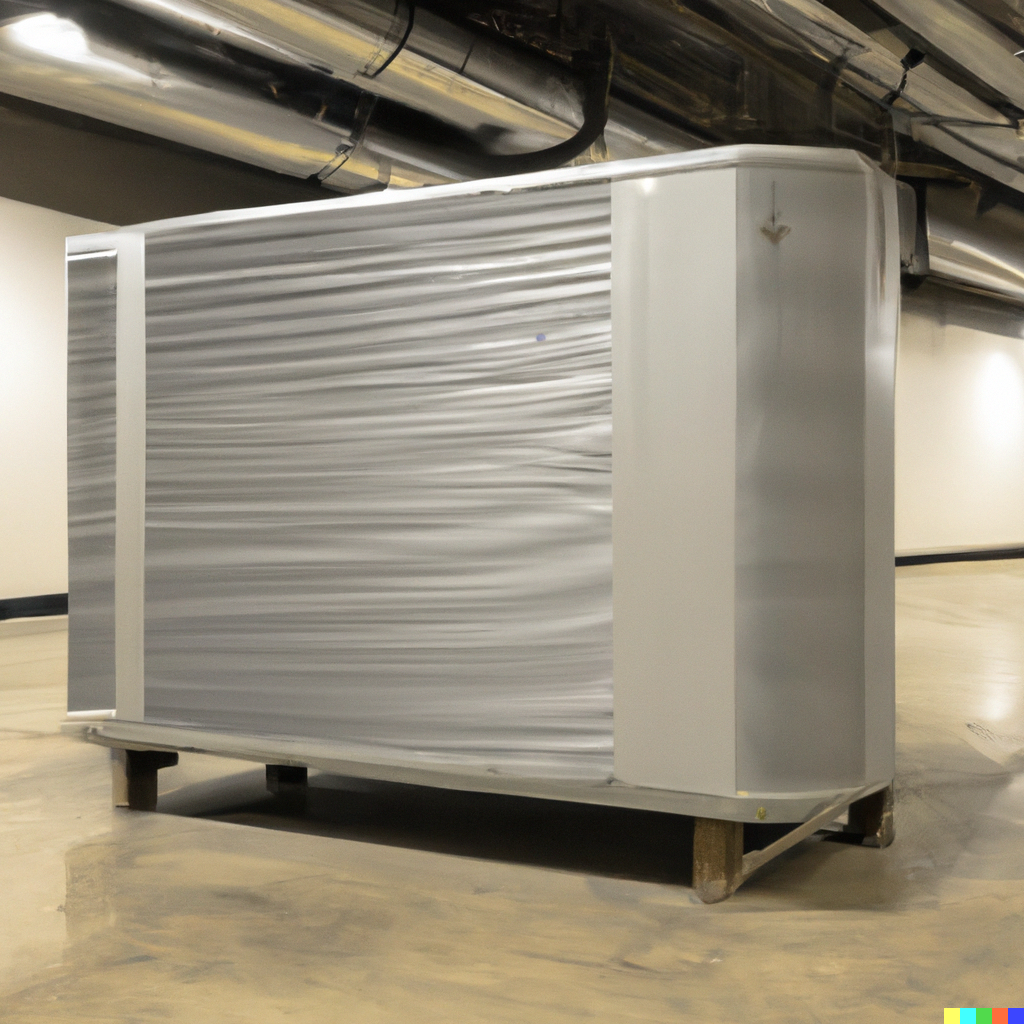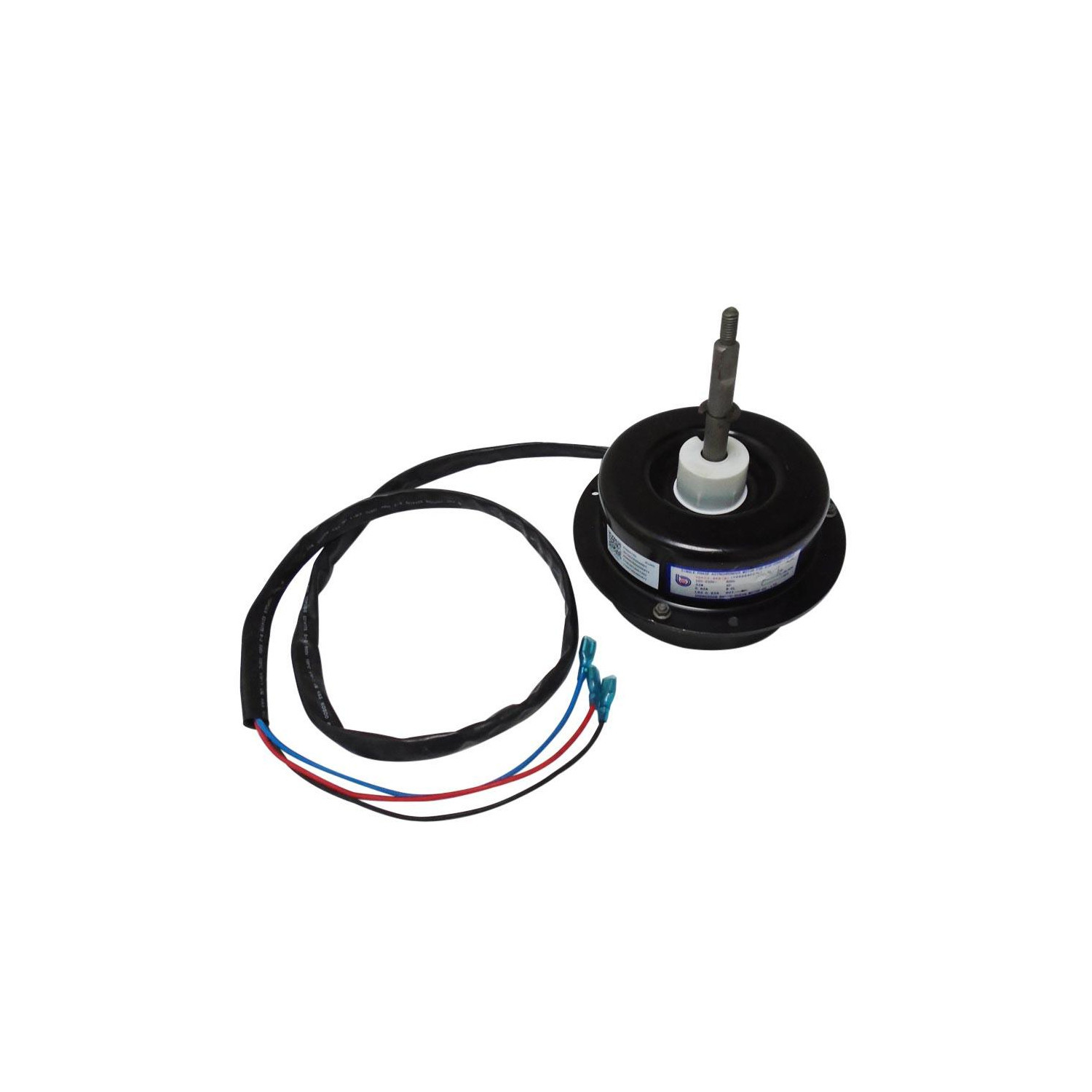
A Comprehensive Guide to Mini-Split Systems
A mini-split system is a heating and cooling system that is gaining popularity due to its energy efficiency and compact size. This system is an excellent alternative to traditional HVAC systems because it provides both heating and cooling capabilities. In this blog post, we will explore everything you need to know about mini-split systems, including how they work, their benefits, and how to install and maintain them.
How Does A Mini-Split System Work?
A mini-split system comprises two main components: an outdoor unit and an indoor unit. The outdoor unit houses the compressor, which pumps refrigerant to the indoor unit using a conduit. The indoor unit then uses the refrigerant to cool or heat the room. The system regulates the temperature by taking advantage of the difference in temperature between indoors and outdoors and provides effective heating or cooling throughout the year.
Benefits of Mini-Split Systems
Mini-split systems are energy-efficient, quiet, and easy to install.
Unlike window units, mini-split systems don't require a duct system, which makes installation more accessible and cost-effective.
The energy efficiency of mini-split systems can come as a surprise to many, saving homeowners as much as 30% on energy bills.
Additionally, mini-split systems are much quieter than traditional furnaces or air conditioning units, making them an excellent option for homes, offices, and businesses.
How to Install and Maintain Mini-Split Systems
The installation of mini-split systems is relatively easy, with no major renovations required.
The conduit required is only a few inches wide, making it easy to install without making significant changes to the building.
Mini-split systems are also easy to maintain, with regular cleaning being the only required maintenance.
It is essential to hire a professional to install a mini-split system to ensure it is installed correctly and runs efficiently.
Mini-Split Systems Compared to Central Heating and Cooling Systems
Central heating and cooling systems typically require ducts, pumps, and additional components, making installation more complicated and expensive than mini-split systems.
Additionally, central systems require regular maintenance to ensure adequate airflow and cleanliness.
While central systems can be more comprehensive and deliver more precise temperature control, mini-split systems are an excellent alternative for homeowners looking for a less invasive and more cost-effective option.
In short, mini-split systems are practical and energy-efficient solutions for homeowners and businesses seeking effective heating and cooling solutions.
Unlike traditional HVAC systems, these systems don't require major renovations and can be installed quickly and easily.
They are also much quieter than many traditional alternatives and much better at maintaining comfortable temperatures, making them a popular choice for many today.
We encourage you to reach out to a professional HVAC company if you're considering installing a mini-split system.







